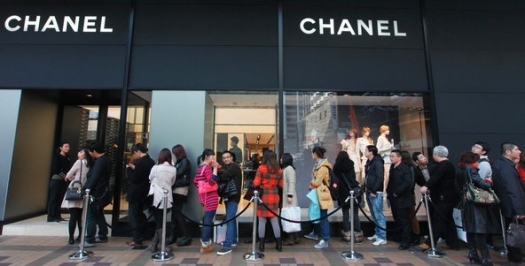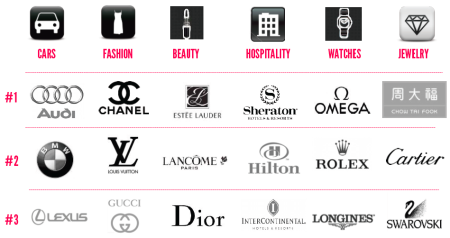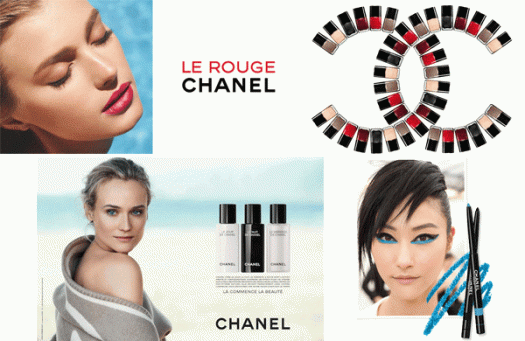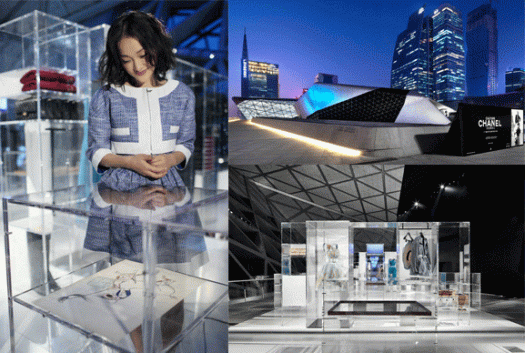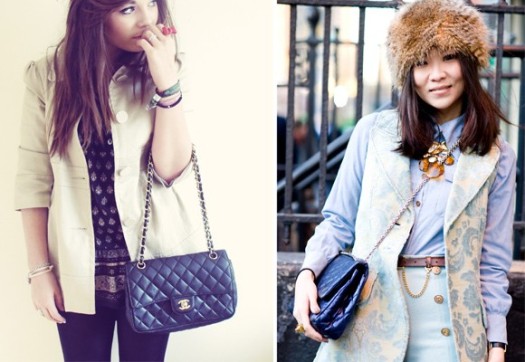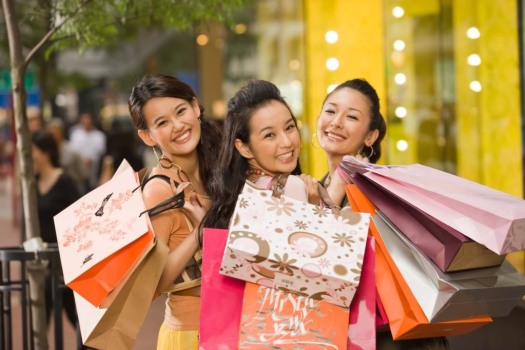According to the World Luxury Index™ China, “Chanel has become the #1 most sought-after global luxury brand in China”, overtaking competitors such as Louis Vuitton and Gucci.
Chanel’s beauty products
This year’s report has also revealed that part of Chanel’s success is thanks to its huge stake in beauty segment, as 22.70% of Chinese consumer interest whithin luxury market is in beauty, compared to fashion which accounts 14.90%.
Chanel’s dedication to its beauty products most likely has helped the brand to get the first rank in the report, overtaking Louis Vuitton which is rather focused on fashion.
- Chanel has a wide range of beauty products, with celebrities such as Diane Kruger being the latest face of its beauty advertising campaign.
Events & Exhibitions
Another great venture started by Chanel is its “Little Black Jacket Exhibition” tour which is going around the world, including cities such as Beijing and Shanghai. It is not the first time Chanel is hosting an exhibition in China. Its last event was “Culture Chanel” in Guangzhou, which I am looking into further below. In general, events and exhibitions like those ones really push the image of the brand as they have a very special vibe around them and stimulate all senses of the audience, leaving a more lasting impression than any other type of advertising.
1. Chanel’s little black jacket exhibition
- Chanel’s little black jacket exhibition in Beijing and Shanghai with celebrtity attendance certainly had a huge impact on Chinese luxury customers and increased the prestige of the brand.
2. Culture Chanel exhibition in Guangzhou (China)
- In a collaboration with Jean-Louis Froment, Chanel decided to organise this exhibition which should reinforce the idea of a fusion between art and fashion.
- According to Jean-Louis Froment, “this movement is driven by a cultural aura that has surrounded the brand since its very beginnings, embodied by its creator, Gabrielle Chanel, who has created a language all of her own. This language, which is part of the history of women and of all the artistic forms of modernity, has spanned many eras: it has given the brand’s creations recognition that is unrivalled, a quest for excellence and the desire to give these creations the status they deserve.”
Bags and Wallets
Moreover, the report states that bags and wallets dominate the fashion market in China, accounting for almost 90% of total interest. Celine’s “Luggage,” consolidates its iconic status in the mainland as the #1 most popular handbag model, followed by Hermès’ Birkin and Chanel’s 2.55. It is a little surprising that Louis Vuitton is not in the top 3, although it has overall the second rank in the report. Talking to a friend from China lately about this issue, I found out that the typical Louis Vuitton Monogram bag is apparently already too common in China and has lost its exclusivity. On the other hand, Chanel’s vision is to remail an exclusive brand. The creative director Karl Lagerfeld mentions in an interview “We don’t have the urgency to expand. We are an exclusive brand and we want to stay exclusive so it’s strategic to not be everywhere. What we are starting to learn is that like every developed market, the clients there want things other people can’t get. That’s what defines luxury in many ways so we’ve been careful, but in a very calculated way.”
- “The original square buckle, Link Check, metal chain strap leather string… Chanel 2.55 was born in February 1955, after half a century of temper, carrying the old tradition and modern innovation, the perfect blend of classic visual appeal and practicality Chanel 2.55 handbag, keen attention by numerous fashion and fashion fanatics worship.”
Chinese brand ambassadors
Celebrity endorsement in China is very important as it gives people someone to relate and to aspire to. Many Western luxury brands use East-Asian embassadors as they can deliver the brand’s messaging better than any other celebrity.
- Chanel’s ambassador is a well-known Chinese actress Zhou Xun, who has been selected for her strong fashion sense. Karl Lagerfeld is describing the actress as “a synthesis of young Coco Chanel and Ballet Troupe Zizi Jeanmaire.”
What do you think about Chanel? Do you think its ranking in China is well deserved?
If you like this and other articles on my blog, please feel free to like and share it with your friends!
Let me know your thoughts and don’t forget to follow my blog for more Fashion.Marketing.Secrets!
Tatjana


